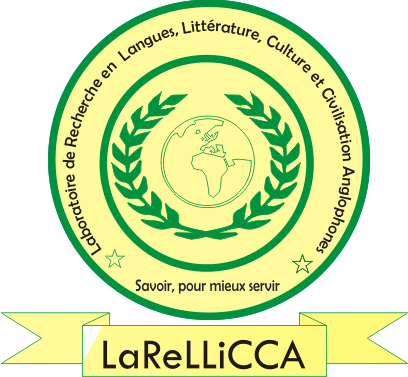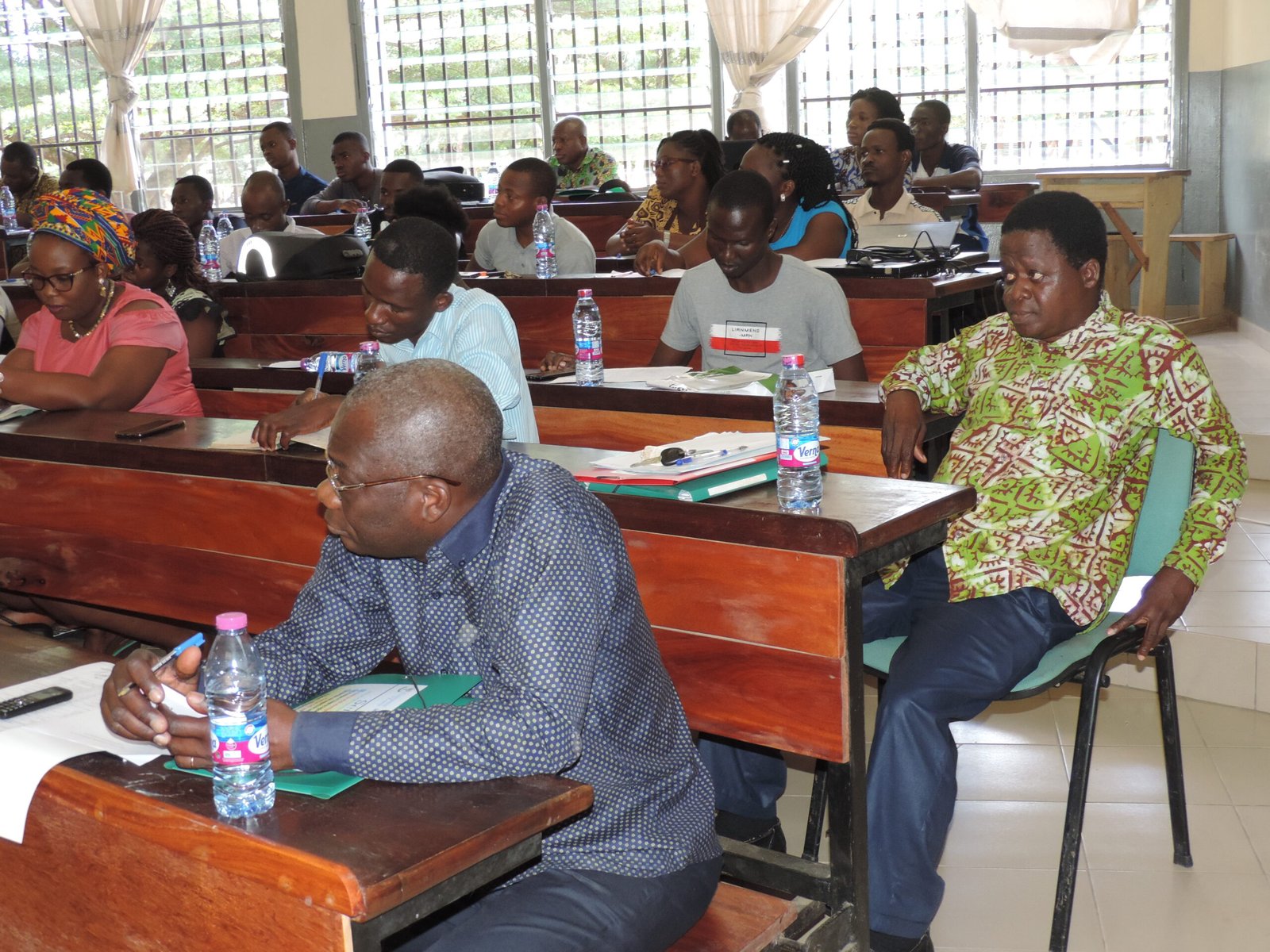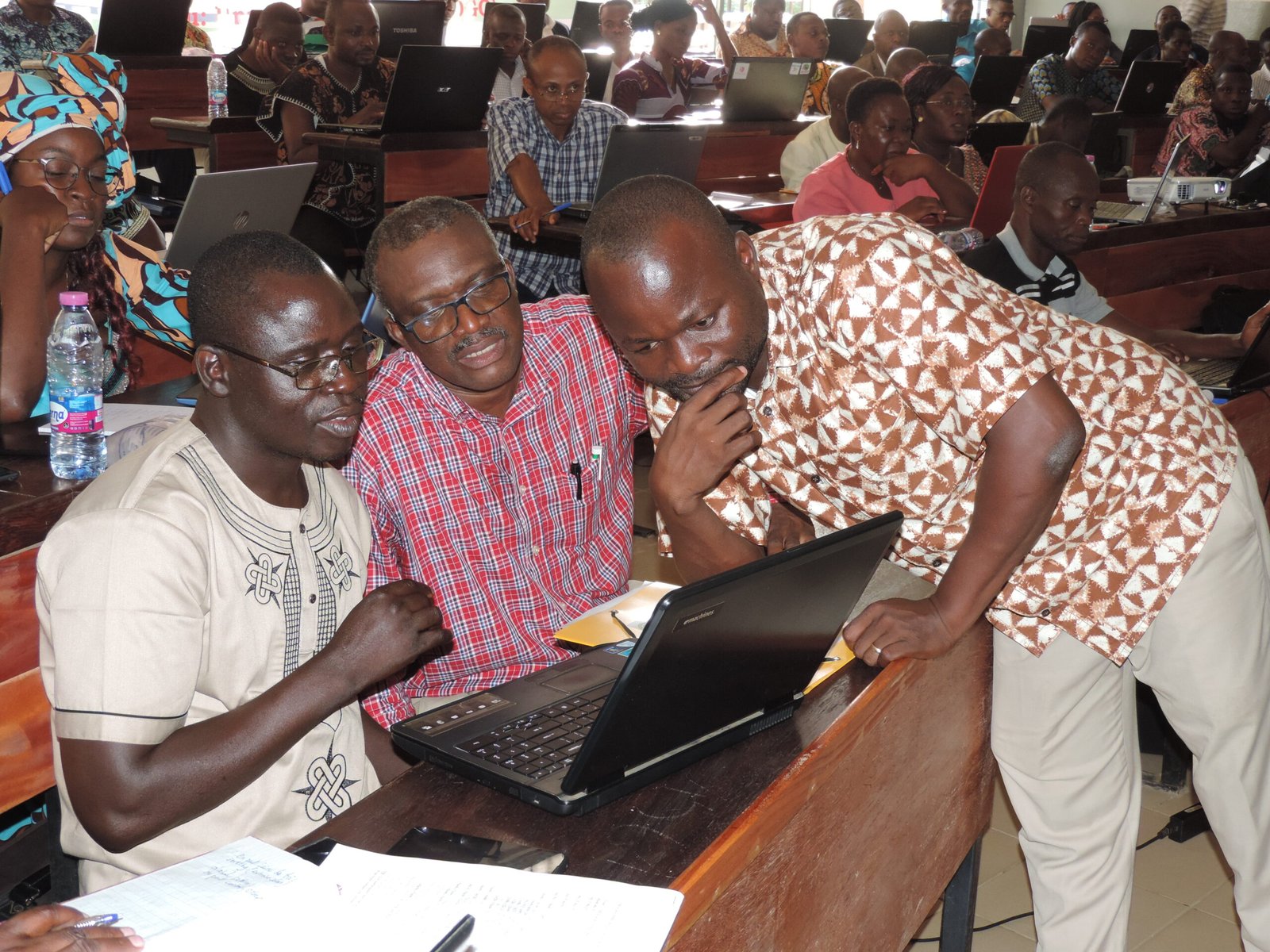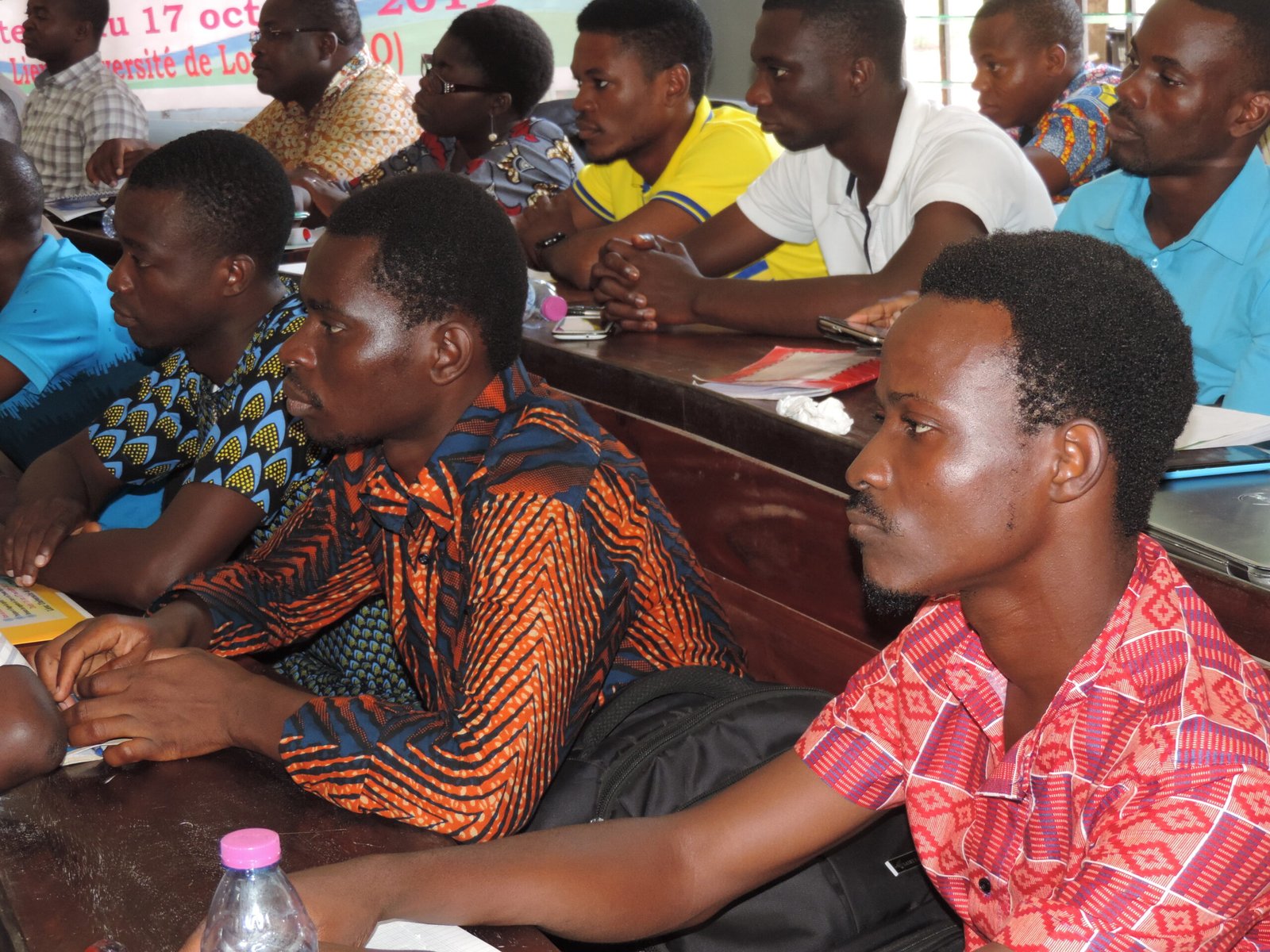Volume
Volume: The size of the manuscript is between 4500 and 6000 words. Format: A4 paper, Font: Times New Roman, Size: 11.5, Line spacing 1.15.
Logical order of the text
An article must be a coherent whole. The different elements of the structure must make a coherent whole with the title. Thus, any text submitted for publication must include:
- a title in block letters; it must be expressive and topical, and must not exceed 24 words;
- an abstract in English-French, English-German, or English-Spanish depending on the language used to write the article. Limit yourself exclusively to objective/problem, theoretical and methodological framework, and results. None of these abstracts should exceed 150 words;
- keywords in French, English, German and Spanish: between 5 and 7 keywords;
- an introduction (a historical overview of the subject or a review of the literature in brief, a problem, a theoretical and methodological framework, and a structure of the work) in a maximum of 600 words;
- A development whose different axes are titled. Only three levels of titles are allowed. For the title, it is strongly recommended to use Arabic numerals; alphabetic and alphanumeric titles are not accepted;
- a conclusion (reminder of the problem, very brief summary of the work carried out, results obtained, implementation) in a maximum of 400 words;
- List of references: in alphabetical order of the surnames of the authors cited.
References
The list of references only mentions the sources actually used (cited, paraphrased, summarized) in the author’s text. For their presentation, the American Psychological Association (APA) standard or integrated references is required of all authors who wish to have their text published in the journal. Authors are required to use only the standard in their text. For more information, consult these standards on the Internet.
Presentation of referenced notes
The editorial board requires APA (Author, year: page). The use of footnotes is only for the purpose of further explanation. The presentation of references in a mixed style is strictly forbidden.
Citation management:
Long quotations: Quotations longer than forty (40) words are considered long and should be indented in single-spaced text.
Short quotations : Quotations of one (1) to forty (40) words are considered short; they are enclosed in quotation marks and integrated into the author’s text.
Summary:
- For Pewissi (2017), Womanism breaks through the walls of gender.
- Ourso (2013:12) finds vowels that go beyond the circumscribed framework as recalcitrant vowels.
Summary or paraphrase:
- Ourso (2013:12) finds vowels that go beyond the circumscribed framework as recalcitrant vowels.
Reference example
- For a book
Collin, H. P. (1988). Dictionary of Government and Politics. UK: Peter Collin Publishing.
- For an article based on a collective work
Gill, W. (1998/1990). « Writing and Language: Making the Silence Speak. » In Sheila Ruth, Issues in Feminism: An Introduction to Women’s Studies. London: Mayfield Publishing Company, Fourth Edition. pp. 151-176.
- Use of Ibid., op. cit. cit, sic among others
Ibid. (Ibid.) starts with the second footnote of a cited source reference. Ibid. is followed by the page number if it is different from the parent reference from which it is consecutive. Example: ibid., or ibid., p. x.
Op. cit. means ‘the aforementioned source’. It is used when, instead of two consecutive references, one or more sources are interspersed. At the moment, the second of the consecutive references requires the use of op. Cit. followed by the page if it differs from the previous one.
Typography
- The International Journal of Language, Literature, Culture and Civilization forbids any underlining or bolding of characters or portions of texts.
- Authors must respect the chosen typography regarding punctuation, abbreviations, etc.
Tables, diagrams and illustrations
For texts containing tables, authors are asked to number them in Roman numerals according to the order in which they appear in the text. Each table must have a precise title and its own source. On the other hand, diagrams and illustrations must be numbered in Arabic numerals and in the order in which they appear in the text.
The width of the paintings integrated into the work must be 10 cm maximum, A4 format, portrait orientation.
Item Instruction and Acceptance
From volume 2 of the present edition, the dates of receipt and acceptance of the texts are marked at the level of each article. Two (02) to three (03) instructions are mandatory for more quality assurance.

















